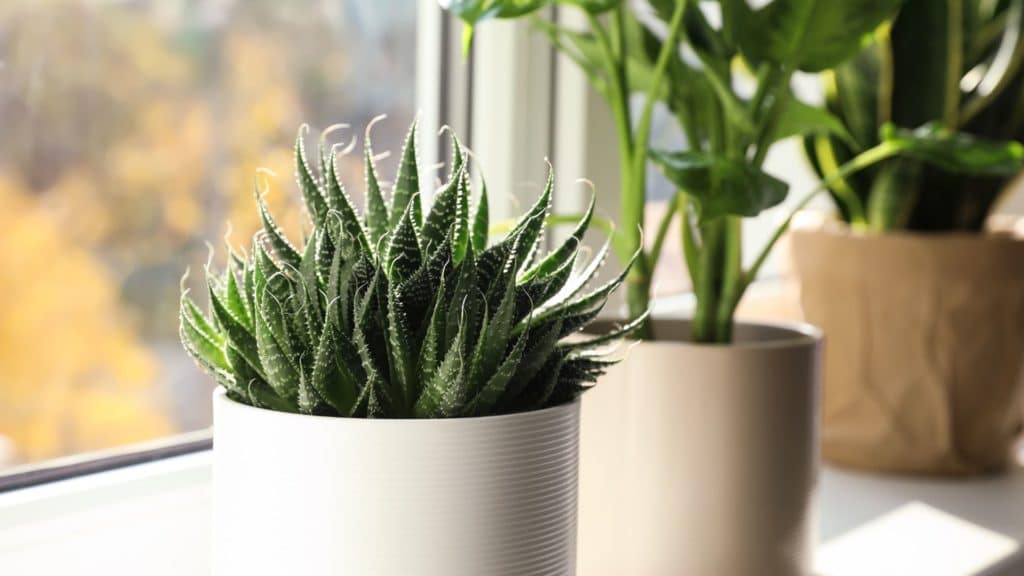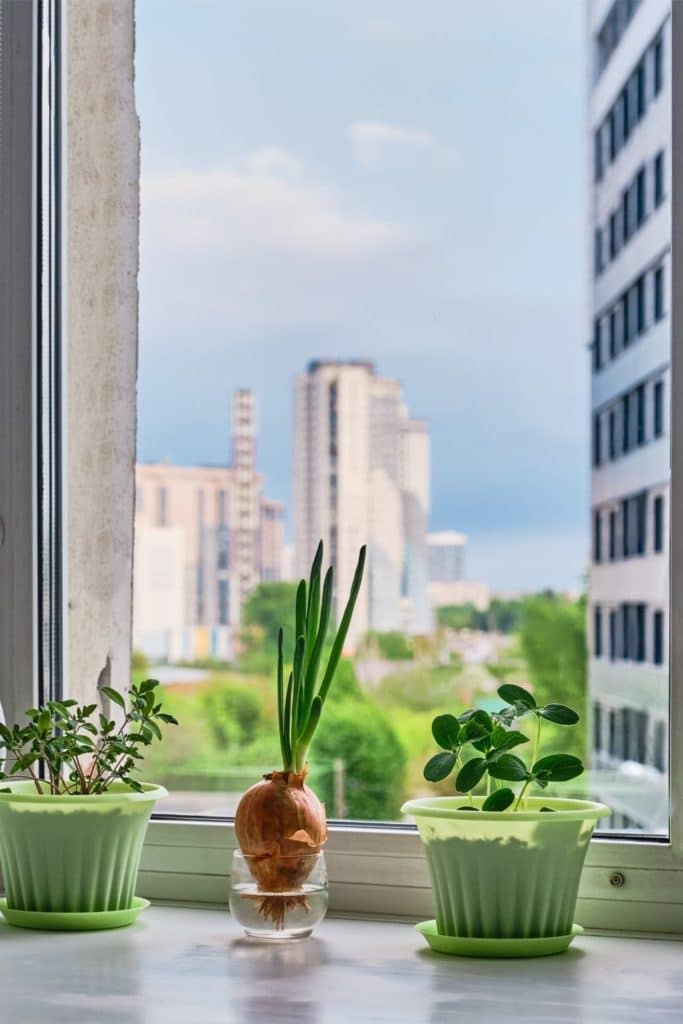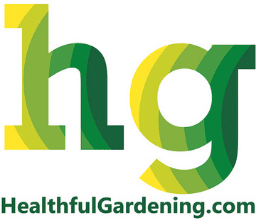Many people believe that if they do not have a front or back yard, they cannot have a garden. This is understandable. But most households have at least one indoor plant. Many houseplants do very well growing in their limited pots, taking in whatever sunlight comes in through the window.
So, we ask you, if one plant can do well indoors, why not several? Why not many? You can probably think of a few reasons why not offhand, and we’ll get to those.
The truth is that the difference between a single thriving houseplant and a small indoor garden is only a matter of scale. If you can keep one plant going strong, why not two, three, or more? Here, we’re going to learn how to start your apartment garden and develop your skills to the point where our little indoor garden becomes sustainable.

What is an Apartment Garden?
Not to be confused with a garden apartment, an apartment garden is exactly what it sounds like, a garden in an apartment.
It could be a garden that you keep in a relatively large container on the stoop or by the back door. But for our purposes, we’re going to consider it to be a garden that you keep indoors in various sized pots and containers, in a large single container, two or more large containers, or some mixture of these.
Of course, we can’t forget about vertical gardening. This is a method of gardening indoors where we maximize space by arranging plants in columns. We’ll cover that after discussing the basics of apartment gardening.
Before getting started, it should be stated that since we’re talking about a small living space, you’re going to need to sacrifice something for your new indoor garden. Plants need sunlight and soil, and like us they need space. So you’re going to need to be willing to give it to them.
Caring for Houseplants
As the term implies, a houseplant is a type of plant that can do well indoors. It’s a common term, especially since the 1950s and its original meaning is a plant that is well suited to indoor conditions. It began as a marketing term as a way of indicating types of plants that are “meant” to live indoors, just as “breakfast cereals” are meant to be eaten for breakfast.
Caring for house plants requires planning. You will need to plan your use of indoor gardening space carefully. Different parts of your apartment will be best for certain plants. This is especially important if you’re interested in scaling your garden to the maximum.
Assuming you know what types of plants you want, you’ll need to select properly sized containers for each type of plant. That said, you’ll need to do some basic research for each plant you intend to grow and treat it accordingly. For each plant ask the following questions:
- What Type of Soil (Do I need a potting mix?)
- What Temperature?
- How Much Light?
- How Much Potting Space?
- How Important is Watering & Water Quality?
If you ask (and answer) each of these questions, you will have the knowledge necessary to take care of your plant. This brings us back to the question of the term “houseplant.” In reality, there’s no such thing as a houseplant. But there are plants that are hearty or forgiving enough to tolerate living indoors. The first or final question you ask before bringing a plant home or planting its seed is, “Are you a ‘houseplant?’”
Indoor Gardening
Since we’re going to be growing plants in an environment that’s not exactly native to them, we need to be especially mindful of the conditions to which they will be subjected. Growing plants in the open air is no different, but there are no unnatural bottlenecks to getting the things they need outdoors. Here are the things to consider when choosing, arranging, and caring for indoor plants.
Sunlight
Every type of plant wants a certain amount of sunlight. Putting a plant in a windowsill could give it too little or too much light depending on its species.
Soil
Because your soil is going to be constrained to a limited container, the quality and health of the soil will be more up to you than if you were growing plants outdoors. There are potting soil products you can buy. Not all of them are created equal.
Water
It can be hard to get clean water in apartment buildings. Much of the water that comes to us through our faucets contains rust, chemicals, and remnants of things it’d be nicer not to mention. It may be necessary to filter your water and treat it with plant nutrients, especially if your plants are particularly delicate.
Humidity
The ambient humidity in your apartment will affect your plants. Some plants like a lot of ambient moisture and some don’t. If you’re going in for humidity-loving plants, a spot near the shower might be good for them.
Wind
Some plants do well under windy conditions. It can strengthen their roots and trunks to have to resist some pressure from the wind. Others don’t like the wind at all. You probably won’t get much wind indoors, so plants with delicate trunks and branches should be okay.
Weight
If you’re keeping your plants on a balcony or if you don’t live on the first floor, having massive pots that hold several hundred pounds of soil could be a bad idea. Weight will come into play even more so when we discuss vertical gardening.
Choosing the Style of Your Garden
Considering all of the factors above, we can determine what kind of apartment gardening we can and are willing to do. If there is very little sunlight in your apartment, you may not be able to successfully care for many kinds of plants, even if you do have an especially green thumb.
There are plants that can do well in relatively little sunlight. Likewise, there are plants that can thrive with very little water, and we all know what kinds of plants those are. If high-quality water is hard to obtain, you may be able to sustain a cactus or two.
Choosing plants based on which of the elements listed above you can and cannot provide will give your garden an optimal chance of thriving.

Container Gardening
Up till now, we’ve largely covered the limitations of apartment gardening, which is important. But there are also advantages. Container gardening means growing plants in a container rather than in the ground – and that’s all we’re going to be doing in an apartment unless you have a dirt-floor basement.
Container gardening frees you from concerns like soil-bound pests, and most other kinds of pests. It also eliminates the worry that containments will come from the factory upstream and kill your garden.
Container gardening gives you the ability to move plants toward and away from light and air as needed to regulate their growing conditions. If a plant is leaning toward a source of light too acutely, you can turn it around.
Windowsill Plants
If you’re looking to grow fresh herbs in small containers on a windowsill, you’re off to a good start. Plants that are good as food sources need more sunlight than most, and they are fairly delicate. We’ll get into that more below.
Plants that need a lot of sunlight will also need a relatively large amount of water. With your windowsill plants in the sunlight, you should be able to easily keep an eye on the soil and not over-water or under-water them.
Plants like these will need to be pruned. This is part of the reason why herbs are a good idea because you’ll naturally want to use them.
Types of plants that can do well in a windowsill include:
- Alliums: Garlic and onions are examples of allumes and they require little soil space.
- Leafy Greens: These are a good choice for windows that don’t get a great deal of light and include loose-leaf lettuce and spinach
- Microgreens: Small, seedings types of vegetables and herbs that are good in salads and stir-fries are microgreens. Examples include broccoli, cabbage, endive, and amaranth. But there are many.
- Legumes: Peas and beans are a well-known food item and are low maintenance. They are compact growers and can be grown tall on a pole to save space.
- Small-Root Vegetables: Carrots are a clear boon to any garden and a good example of small-root veggies.
- Succulents: Like cactus, succulents are a staple among house plant selections that we’ll discuss more later on.
- Flowers: Flowering plants that observably respond to the movements of the sun are a delight, and definitely have their place in your windowsill.
- Tomatoes: A workhorse of any food garden, tomato plants want lots of sunlight. They are temperamental but well worth the effort.
Succulents: The Indoor Gardener’s Best Friend
Succulents are popular indoor plants due to their ease of care, interesting appearance, and their usefulness as a medicine. The Aloe Vera plant is especially popular as its sap is known for its healing properties. Like the cactus, they are especially well suited to dry environments and are unlikely to turn brown overnight.
One thing that is especially important which we haven’t mentioned yet is drainage. Succulents do not like standing water.
Many types of plants don’t, but because these retain water so well, they really don’t care for it. So make sure your succulents have good drainage. Or, if you can’t manage that, just don’t leave them in over-saturated soil.
If you keep this in mind and give it all the consideration prescribed above, your succulents are likely to do very well.

Vertical Gardening
If you’re serious about apartment gardening to the max, then you probably want to build a vertical garden. Complications beyond what we’ve already discussed include how to share limited sunlight between many plants and how to deal with the watering runoff from one plant into another. Let’s get those out of the way first.
Scarcity of Light
If in your hanging planter arrangement, you have essentially got a whole wall full of plants, then you’ve probably got a sunlight scarcity problem. The solution may be to build a hanging planter structure that you can move outdoors temporarily. Another solution is to choose plants that are not especially sun-hungry. Finally, you may invest in electric lights that simulate sunlight.
Vertical Runoff
Hanging plants one over another means water will run from one hanging planter to another. One way to deal with this is to select plants that don’t need a lot of water and water them gingerly so that the soil and roots absorb all the water you give them. Another solution would be to hang thirstier plants below less thirsty ones. Finally, you could create a kind of irrigation system that lets excess water run to another location.
3 Ways to Build a Vertical Garden
1. Purchase a garden structure
Many home garden centers will have ready-built structures meant for vertical gardens. These will eliminate the guesswork, and they’re a great help for the less handy among us.
2. Take advantage of vertical indoor features already available
If you have sturdy overhead beams in your apartment, these are an excellent place to install hooks and hangars. All you’ll need is a little hardware and a simple plan.
3. Build a vertical trellis
If you know that the plants you have chosen are climbers, a trellis is an easy solution. You may need a larger indoor container to hold it up. Starting from this, you may select vine plants to create an effect that you can groom and shape to no end.
Finally, as we have tried to insinuate, the most important thing to any plant-carer is to know your plants well. Knowing what they like and dislike is your key to success. Further, you must keep a close eye on them as they grow and develop. You may find that some plants seem to have personalities that emerge over time. Cater to their needs, be attentive, and treat them as well as you treat your pets.
Do all of this, and you’re likely to achieve great satisfaction with your apartment garden.
